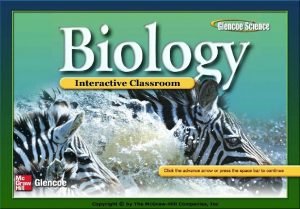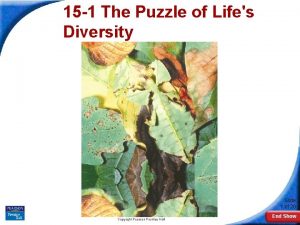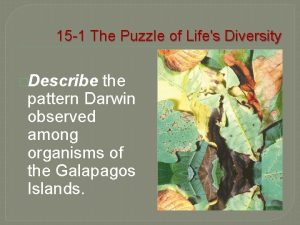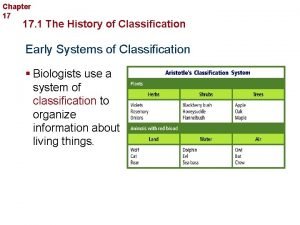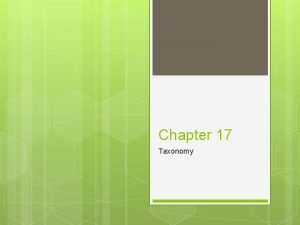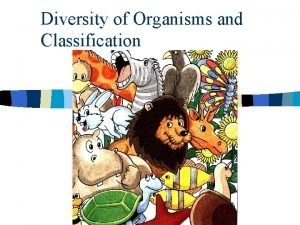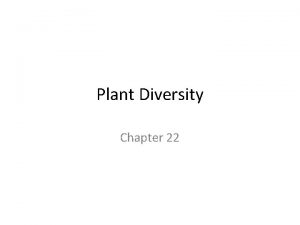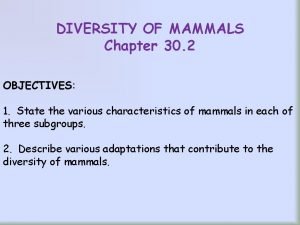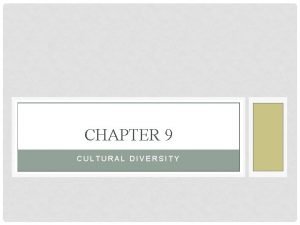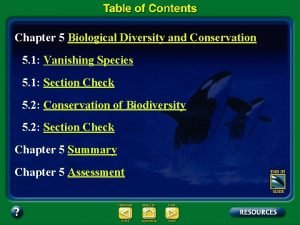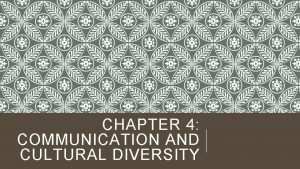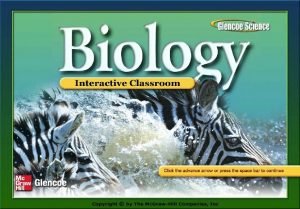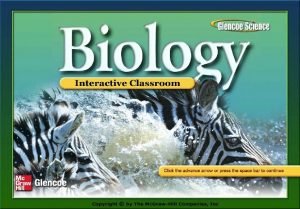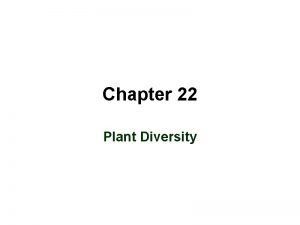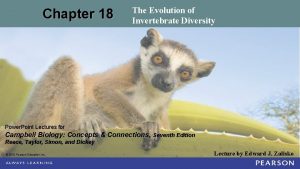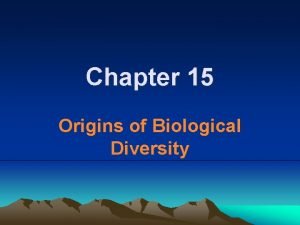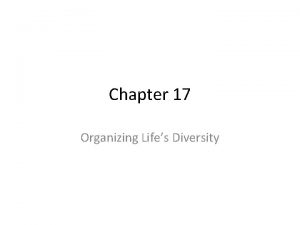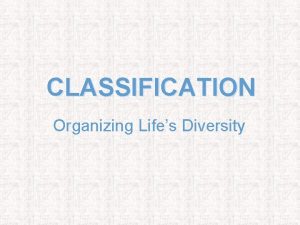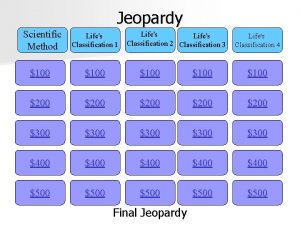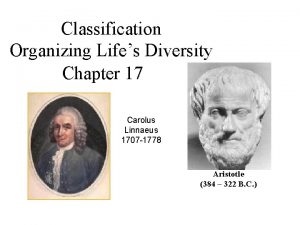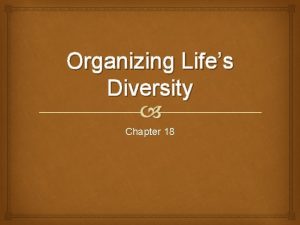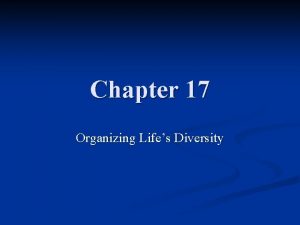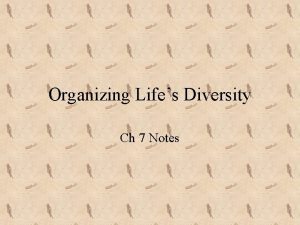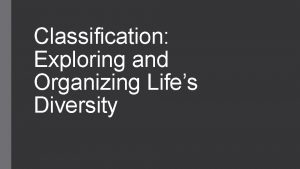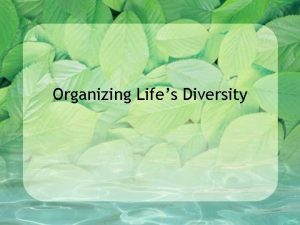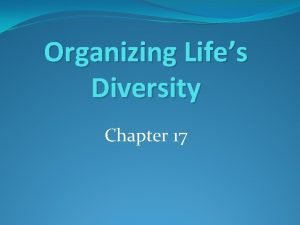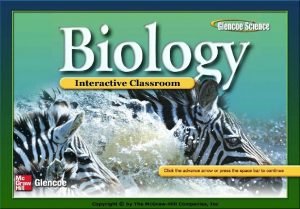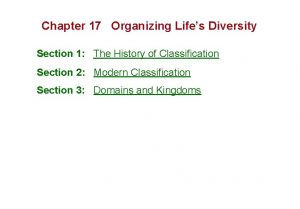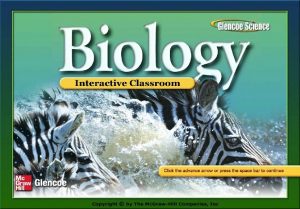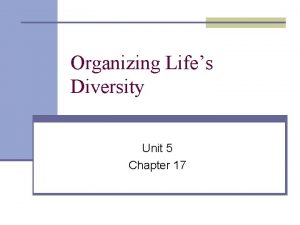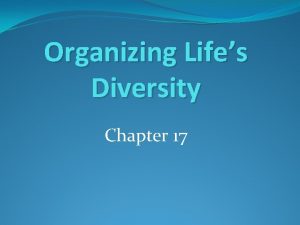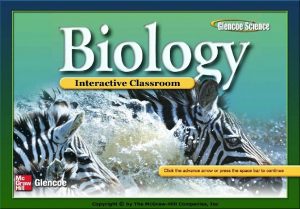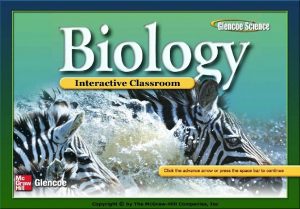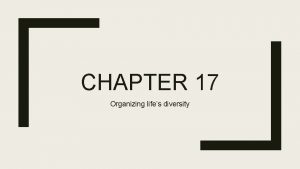ORGANIZING LIFES DIVERSITY Chapter 17 Classification Ch 17
























- Slides: 24

ORGANIZING LIFE’S DIVERSITY Chapter 17

Classification Ch. 17, Sec. 1

How Classification Began n Classification • grouping objects or info based on similarity n Taxonomy • branch of biology that classifies organisms n based on studies of different characteristics

Aristotle’s Classification System n Aristotle • Greek philosopher who developed one of the first system of classification

Aristotle’s Classification System n Aristotle • Grouped animals according to various characteristics, including habitat • NOT based on evolutionary relationships. n n Bats, birds and flies grouped together. Whales and fish grouped together.

Linnaeus’s Classification System n n Carolus Linnaeus was an 18 th century Swedish botanist Developed a method for classifying organisms still used today. Based on physical and structural similarities of organisms. System called Binomial Nomenclature

n Binomial Nomenclature • 2 word naming system • Always in Latin • Always italicized or underlined n n Ex. Homo sapiens Genus • 1 st word, capitalized • a group of closely related species n n Ex. Homo Species • 2 nd word, lower case • describes a characteristic of the organism n Ex. sapiens (means “wise”)

Scientific names and common names n All organisms have a scientific name and a common name • Common name = human • Scientific name = Homo sapien n The common name of an organism can vary from region to region. • Common Name n n United States: house sparrow Spain: gorrion domestico Holland: huismus The scientific name of an organism is recognized globally. • Scientific Name: Passer domesticus


How Living Things Are Classified n n Organisms are ranked in taxa (categories) that range from broad to specific In order from: • • 1. 2. 3. 4. 5. 6. 7. Kingdom Phylum Class Order Family Genus Species King Phillip Came Over From Germany Sunday

The 6 Kingdoms Ch. 17, Sec. 2

How are evolutionary relationships determined? n Evolutionary relationships are determined by: • Structural similarities n n n Homologous traits Breeding behavior Geographical distribution Chromosome comparisons Biochemistry

Classification Models pg. 452 n Phylogeny • Based mainly on physical or genetic relationships n Cladistics • Based mainly on common ancestry n Cladogram • A branching diagram that models the phylogeny of a species • Similar to family trees





The Six Kingdomes n Six kingdoms of organisms • Classified according to: Cellular structure n Methods for obtaining energy n

The Six Kingdoms n n n Eubacteria (Prokaryotes) Archaebacteria (Prokaryotes) Protists Fungi Plants Animals

Prokaryotes n n n Microscopic, unicellular bacteria Lack membrane-bound organelles Some are heterotrophs, some are autotrophs Oldest fossils are 3. 4 billion years old. Archeabacteria • Several hundred species • live in extreme environments n Eubacteria • Over 5000 species • Some cause diseases

Protists n n n Eukaryotes lack complex organ systems Lives in moist environments Some are autotrophs, some are heterotrophs Oldest fossils are 2 billion years old

Fungi n n Heterotrophs that absorb nutrients from materials in the environment Help decompose, break down organic material Oldest fossils 400 mya 50, 000 known species

Plants n n Photosynthetic eukaryotes Multicellular Autotrophs Oldest plant fossils more than 400 mya There are more than 250, 000 species

Animals n n n Multicellular heterotrophs Cells are organized into tissues and organs Oldest fossils are 600 mya
 Organizing life's diversity
Organizing life's diversity Section 15-1 the puzzle of life's diversity
Section 15-1 the puzzle of life's diversity Section 15-1 the puzzle of lifes diversity
Section 15-1 the puzzle of lifes diversity Chapter 17 organizing life's diversity
Chapter 17 organizing life's diversity Circle lifes
Circle lifes 4 lifers
4 lifers Are you ever burdened with a load of care
Are you ever burdened with a load of care Organizing life's diversity
Organizing life's diversity Why is genetic diversity important
Why is genetic diversity important Ecosystem jigsaw activity
Ecosystem jigsaw activity Chapter 2 worksheet organizing and administering
Chapter 2 worksheet organizing and administering Diversity and classification
Diversity and classification Reproduction in bryophytes ppt
Reproduction in bryophytes ppt Chapter 30 section 2 diversity of mammals
Chapter 30 section 2 diversity of mammals Chapter 9 cultural competence
Chapter 9 cultural competence Chapter 8 study guide human resources culture and diversity
Chapter 8 study guide human resources culture and diversity Chapter 8 study guide human resources culture and diversity
Chapter 8 study guide human resources culture and diversity Chapter 5 diversity and human needs and development
Chapter 5 diversity and human needs and development Chapter 5 biological diversity and conservation
Chapter 5 biological diversity and conservation Chapter 4 communication and cultural diversity
Chapter 4 communication and cultural diversity Chapter 30 section 1 mammalian characteristics
Chapter 30 section 1 mammalian characteristics Arthropods characteristics
Arthropods characteristics Chapter 22 plant diversity answer key
Chapter 22 plant diversity answer key Chapter 18 the evolution of invertebrate diversity
Chapter 18 the evolution of invertebrate diversity Chapter 15 origins of biological diversity answers
Chapter 15 origins of biological diversity answers
